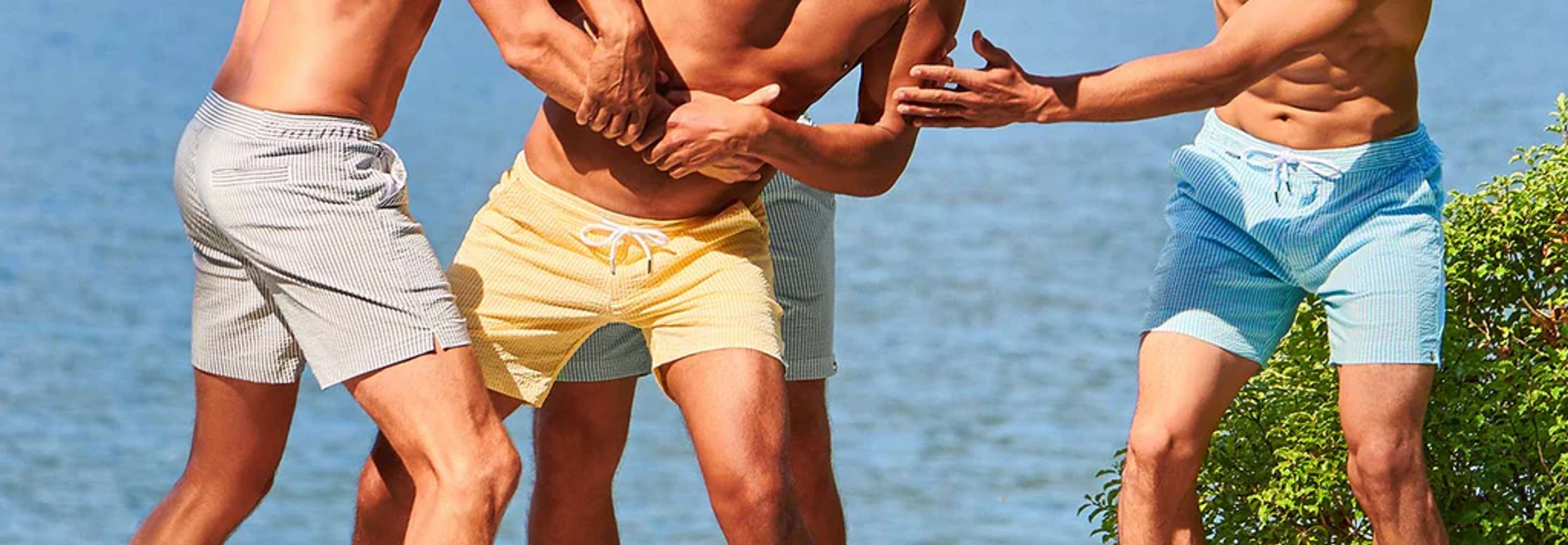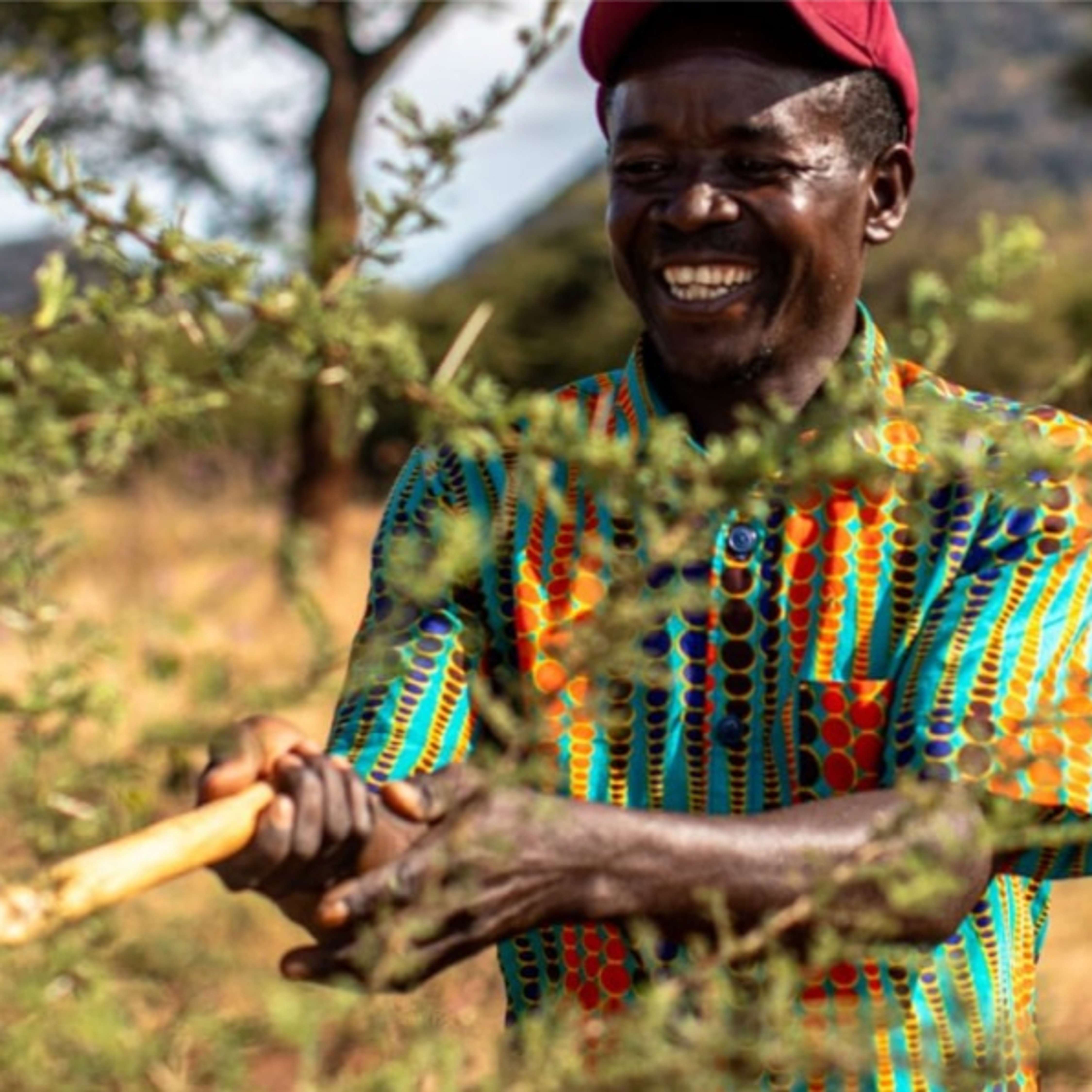
The Seersucker Swims
We all know a tiger can’t change his stripes. But you can! Swap your organic cotton seersucker shorts for our brand new swim shorts: The Seersucker Swims. Striped, stylish, timeless & stretchy.
In 2018, we launched our first swim short. Over the past years we have introduced many new colors and prints, but the swim version of The Seersuckers is the first introduction made from a totally different fabric. The sustainable, high-quality 4-way stretch fabric consists of recycled polyamide (36%), organic cotton (31%), polyester (27%), and elastane (6%). The combination of quick dry and stretch is simply unique.
Dream away of your next vacation to the Mediterranean, or even to the tropical other side of the world… Envision those white sand beaches and ice-cold cocktails. Get yourself a pair of our striped swimmers and enhance the anticipation even more…
For the introductory collection of The Seersucker Swims we handpicked six stunning colors to pair a white stripe: light blue, dark blue, bright blue, green, yellow, and brick red. These classic combos look as sophisticated today as ever. Which one will you choose?



